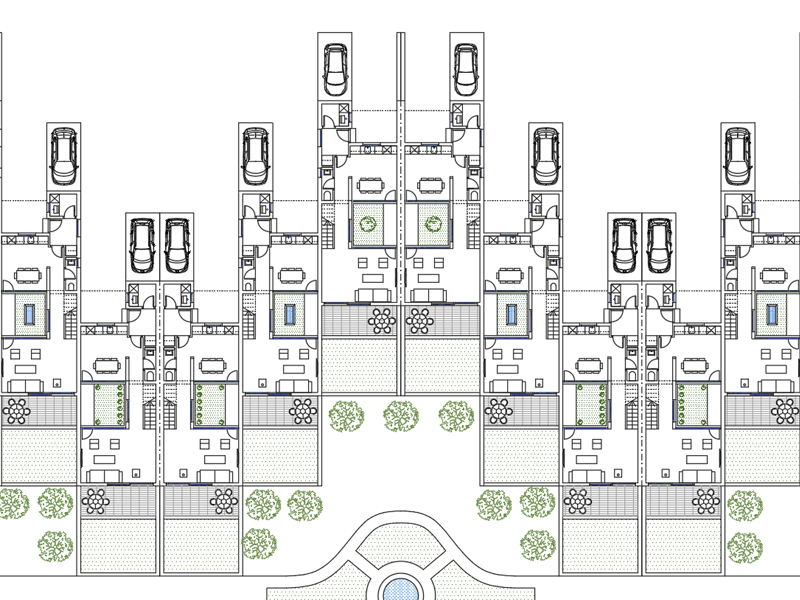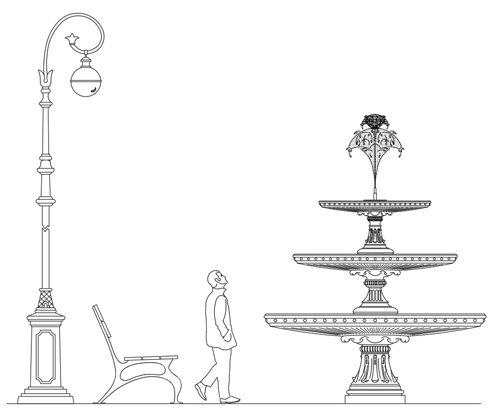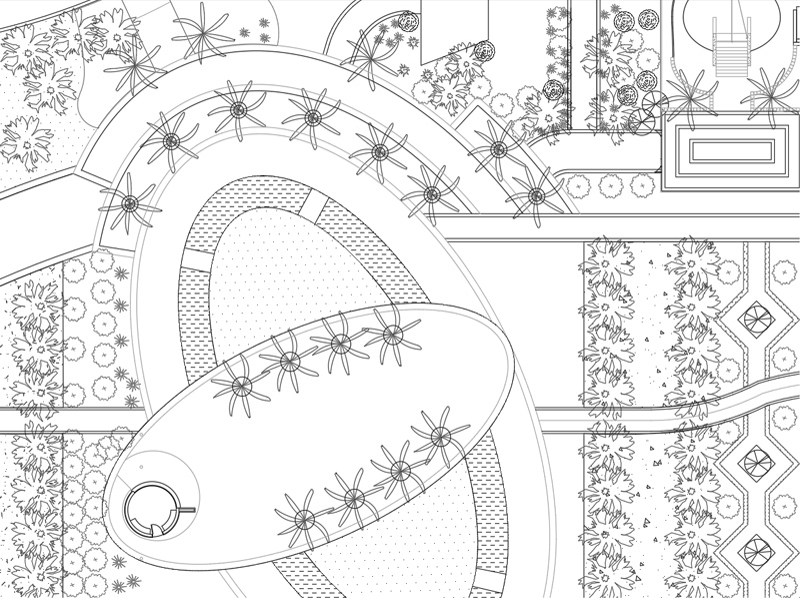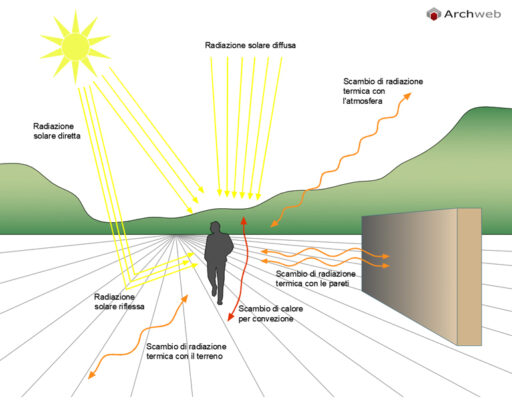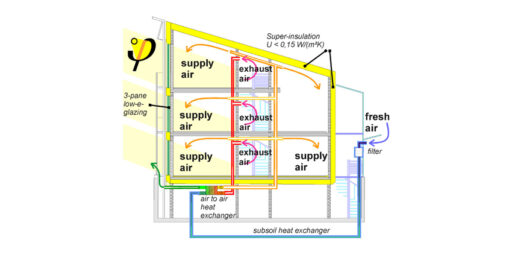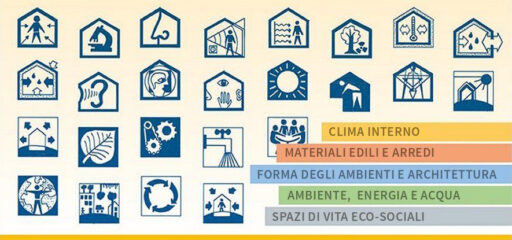Econeighborhoods: small city ecosystems
Environmental sustainability, energy efficiency and autonomy and quality of life.
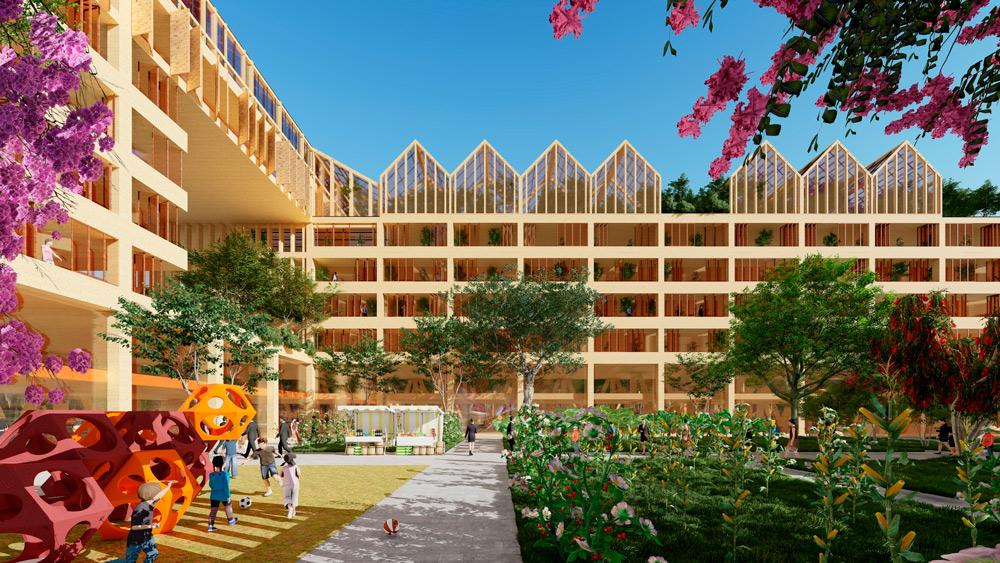
Since 1994, i.e. since the signing of the Aalborg Charter, the Charter of European Cities for long-lasting and sustainable development, numerous experiments have taken place which have increasingly defined the characteristics of contemporary eco-districts. From the first experiments, which have now become historical examples, by Vauban in the city of Freiburg and the Bed Zeds in London dating back to the early 2000s, to today, it has been possible to define the essential characteristics of eco-districts.
An eco-neighbourhood is defined as that part of the eco-sustainable city: designed, that is, according to the principles of environmental sustainability, energy efficiency and autonomy, and quality of life. The underlying principle that guides the designer is the reduction of environmental impact: every element, every material and every process are chosen based on the least impact, from the construction phase to the decommissioning phase.
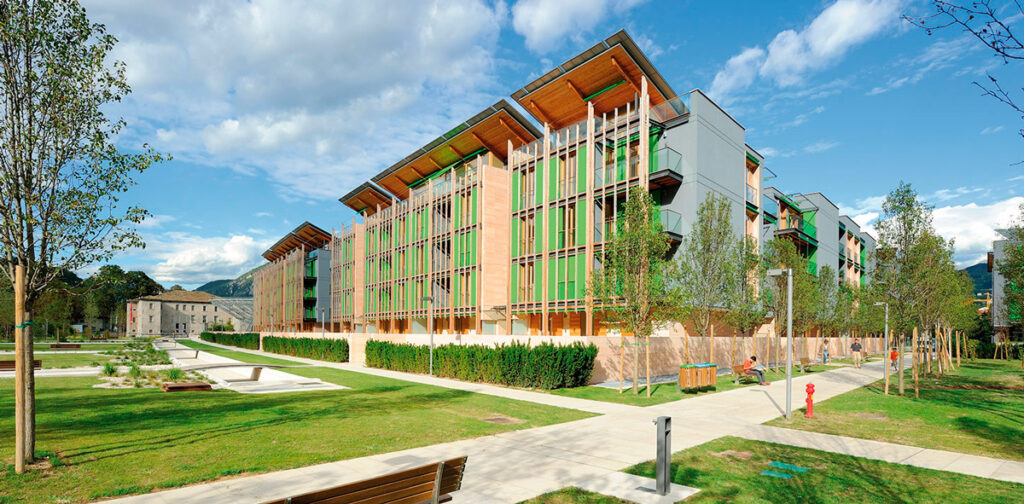
Designing an eco-district actually implies an enormous investment in terms of economic resources and resources linked to the team of designers employed. In fact, it is not just a matter of conceiving a piece of city in the traditional sense, but of conceiving a highly integrated system between built and context, both natural and anthropic.
Addressing the topic of eco-districts often becomes an enormous challenge in which urban planning, ecology, engineering, sociology, etc. find shared solutions and where problems linked to places often become opportunities. To counterbalance this enormous design effort, there is in fact an enormous saving during the life cycle of the neighborhoods itself, thanks to better energy efficiency of buildings and public spaces, and also thanks to their ability to produce energy.
The result of these highly integrated and synergistic design processes is a real ecosystem capable of integrating perfectly with the context, as if the eco-district were a miniature Smart-city.
In 2012, France launched the ÈcoQuartier certification, which promotes the design of neighborhoods that put into practice the commitments of the “ÈcoQuartier” specification: air quality, optimized management of energy, water and waste, green mobility, diversity housing, social cohesion, etc. This approach not only concerns new buildings, but also urban regeneration projects. This approach has led to the implementation of almost 300 interventions throughout the country.
Since the guiding principle is the reduction of the impact on contexts, when designing and creating an eco-district, the following principles must be taken into consideration:
- Use of ecological and eco-compatible materials, which have been produced in a sustainable manner, which are as natural as possible and which are easy to dispose of;
- Respect for communities and their history, in order to strengthen the sense of belonging to places;
- Use of energy from renewable sources, mainly produced on site by systems that take into account the area and the climatic characteristics of the places;
- Reduction of land consumption and increase in green areas;
- Better water management and lower water consumption also through rainwater recovery and reuse systems;
- Introduction of the most sustainable mobility, preferring walking and cycling, or sharing systems;
- Better waste management;
- Reduction of polluting emissions;
- Reduction of architectural barriers in order to make the city more accessible and more inclusive;
- Increase in places of aggregation and places for collective activities that foster neighborhood relationships, strengthen communities and increase the quality of life;
- Creation of housing for different social groups.
One of the most emblematic examples of an eco-neighbourhood is found in Boulogne Billancourt, France, on what were once the grounds of one of Renault’s factories. Here 65% (the objective is to reach 100%) of the energy injected into the local grid comes from geothermal energy.
The wells recover water at a temperature of 15° C, allowing the temperature in the buildings to be kept constant. Each building is equipped with photovoltaic panels, green roofs and rainwater recovery systems. A basin connected to the Seine allows you to create a green island equipped with water basins that maintain the well-being of the places, promote biodiversity and avoid flooding. The community also encourages the purchase of electric bicycles through special subsidies. Finally, since 2014, a school on biodiversity has been in the testing phase with a kindergarten and an 18-class primary school, with a plant wall, birdhouses, an orchard and a vegetable garden, alongside a totally bilingual school.
Although with few examples and a little behind the rest of Europe, we also have some examples of eco-districts in Italy.
The mountain ecovillage in Modena, for example, is a zero-impact residential neighborhood where the principles of sustainability are found, as it combines architecture, the well-being of the inhabitants and technological innovation.
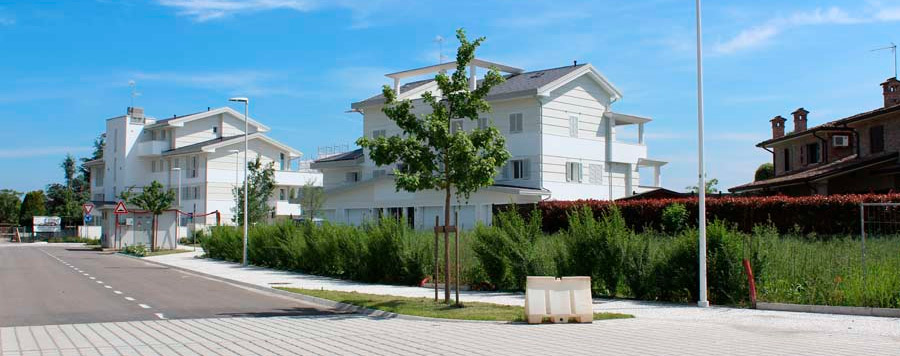
The buildings that make up the neighborhood do not emit CO2 and do not produce fine dust. Here, for example, particular attention was paid to the water cycle, since the village constantly replenishes the aquifer and the water park present within the area gives the possibility of avoiding flooding. Just like in Boulogne Billancourt, here too the water collected is phytopurified and used for irrigation purposes.
With a view to reducing CO2 emissions, the Parco Plinio in Rome was created: a complex of six buildings made of wood in which the protagonists are the green spaces.
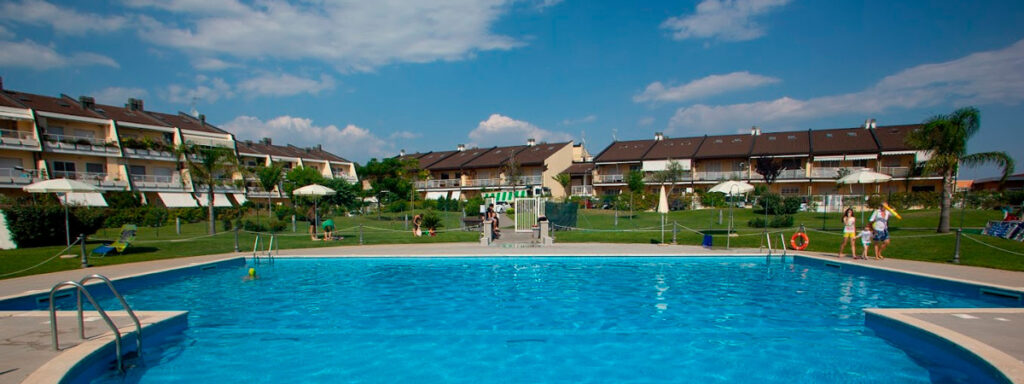
The chosen material improves thermal performance, since wood is a natural insulator offering 70% energy savings compared to concrete or masonry constructions. Wood also has minimal heat dispersion: in fact, it reacts very quickly on the surface, while the internal reaction to temperature changes is minimal. Due to its physical and mechanical characteristics, wood is advisable and suitable for seismic areas, and furthermore allows the construction of lightweight structures. Finally, 100% of the energy used inside the buildings comes from a vegetable oil trigeneration system.
The idea behind eco-districts is therefore to create contexts in which individuals can recognize the value of nature and natural resources, and in which the project is guided not only by the composition and functionality of the spaces, but also by the The impact these have on people’s lives and the environment.
The projects thus become far-sighted actions capable of incorporating the concept of community within them and taking the needs of the citizens of the future into very high consideration. They are projects that look at the valorisation of territories also through what we would classify as intangible, educational actions, which however help citizens to experience the city better.
In light of all the characteristics that form its identity, the eco-district is also a place where lifestyles that respect the ecosystem are developed and consolidated and where concrete responses are given to face the most current economic and social issues identified by European sustainability policies.






























































